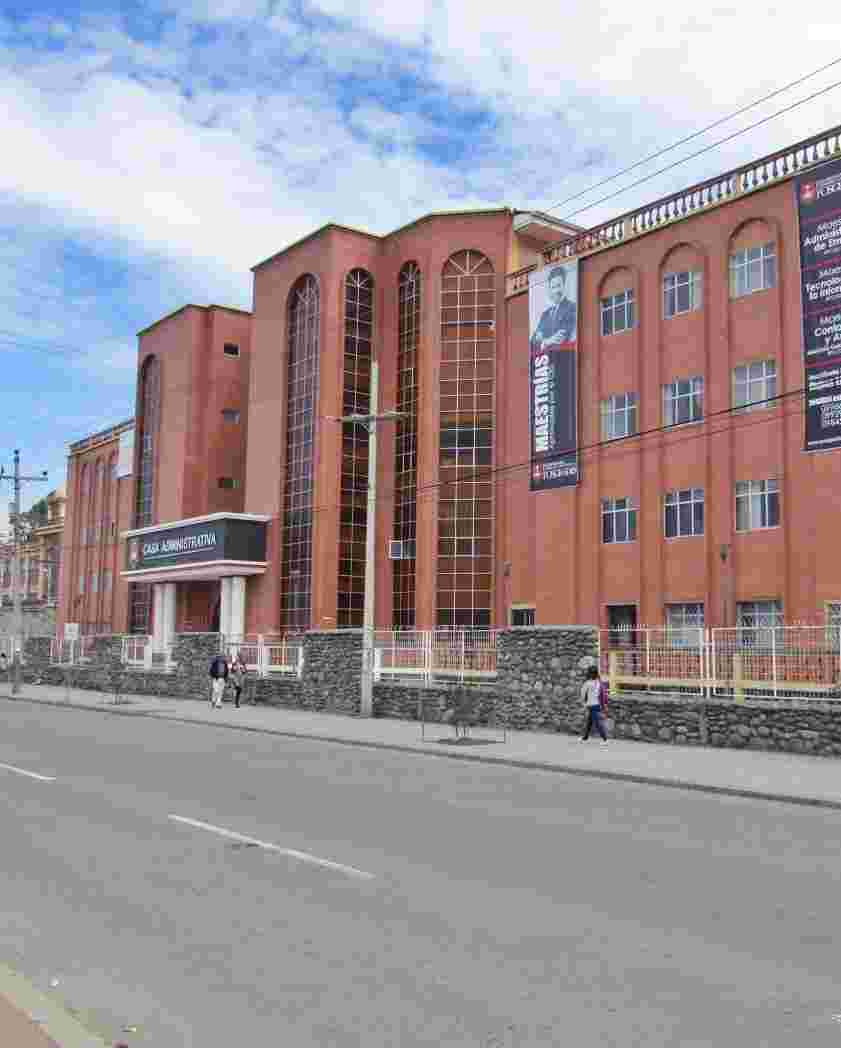Neumotorax espontaneo primario: diagnostico y tratamiento en adultos jóvenes
| dc.contributor.advisor | Astudillo Bravo, Katherine | |
| dc.contributor.author | Segarra Castro, Byron Alexis | |
| dc.contributor.cedula | 0106771546 | es_ES |
| dc.coverage | Cuenca -Ecuador | es_ES |
| dc.date.accessioned | 2023-05-12T22:04:39Z | |
| dc.date.available | 2023-05-12T22:04:39Z | |
| dc.date.issued | 2023 | |
| dc.description | Antecedentes: El neumotórax se define como la presencia de aire en el espacio pleural. Existen dos tipos: uno de ellos se conoce como neumotórax espontáneo primario (NEP), que se define como neumotórax sin ninguna afección subyacente. Las poblaciones en riesgo de NEP incluyen pacientes jóvenes, delgados, varones, fumadores (especialmente fumadores de cannabis), a menudo ocurre en individuos en reposo, no durante el ejercicio vigoroso. Objetivo: Caracterizar el neumotórax espontáneo primario según diagnóstico y tratamiento en adultos jóvenes. Metodología: Revisión bibliográfica de 35 artículos científicos publicados en revistas en idioma inglés y español, publicadas en los últimos 5 años. Las búsquedas se realizaron en bases de datos científicas como Pubmed, Sciencedirect, Elsevier, Scopus. Resultados: Los síntomas predominantes fueron el dolor torácico y disnea; el examen imagenológico más relevante para su diagnóstico fue la TAC. El factor de riesgo más importante fue el consumo de tabaco. El tratamiento estará sujeto a cambios según el médico a cargo del manejo del tratamiento. La cirugía de mínima invasión VATS (Video Assistant Thorascoscopy Surgery), puede ser empleada principalmente en los pacientes que tuvieron fuga de aire prolongada y defecto de expansión. Conclusiones: Se pudo evidenciar que su principal sintomatología es el dolor torácico y la disnea, el diagnóstico debe realizarse mediante estudios imagenológicos como TAC. El principal factor de riesgo es el hábito tabáquico y los tratamientos a emplear dependen de la complejidad del NEP, las características del paciente y el criterio médico. | es_ES |
| dc.description.abstract | Background: Pneumothorax is defined as the presence of air in the pleural space. There are two types: one type is known as primary spontaneous pneumothorax (PSP), which is defined as pneumothorax without any underlying condition. Populations at risk for PSP include young, thin, male patients, and smokers (especially cannabis smokers), often occurring in individuals at rest, not during strenuous exercise. Objective: To characterize primary spontaneous pneumothorax according to diagnosis and treatment in young adults. Methodology: A literature review of 35 scientific articles published in English and Spanish journals in the last five years. Searches were performed in scientific databases such as PubMed, ScienceDirect, Elsevier, and Scopus. Results: The predominant symptoms were chest pain and dyspnea; the most relevant diagnostic imaging test was CT. The most important risk factor was tobacco use. Treatment will be subject to change according to the physician in charge of treatment management. Minimally invasive VATS (Video-Assisted Thoracoscopy Surgery) can be used mainly in patients with prolonged air leaks and expansion defects. Conclusions: It was found that the primary symptomatology is chest pain and dyspnea; the diagnosis should be made by imaging studies such as CT. The main risk factor is smoking, and the treatments to be used depend on the complexity of the PSP, the patient's characteristics, and medical criteria. | |
| dc.description.uri | Tesis | es_ES |
| dc.format | application/pdf | es_ES |
| dc.format.extent | 32 páginas | es_ES |
| dc.identifier.citation | VANCUOVER: Segarra B. Neumotorax espontaneo primario: diagnostico y tratamiento en adultos jóvenes. Médico. Cuenca-Ecuador. Universidad Católica de Cuenca. 2023. [citado el DIA de MES de AÑO]. Disponible en: (dirección url en donde está el documento) | es_ES |
| dc.identifier.other | 9BT2023-MTI025 | |
| dc.identifier.uri | https://dspace.ucacue.edu.ec/handle/ucacue/13833 | |
| dc.language.iso | spa | es_ES |
| dc.publisher | Universidad Católica de Cuenca. | es_ES |
| dc.rights | info:eu-repo/semantics/openAccess | es_ES |
| dc.rights.uri | http://creativecommons.org/licenses/by/4.0/deed.es | es_ES |
| dc.source | Universidad Católica de Cuenca | es_ES |
| dc.source | Repositorio Institucional - UCACUE | es_ES |
| dc.subject | NEUMOTÓRAX ESPONTÁNEO PRIMARIO | es_ES |
| dc.subject | DIAGNÓSTICO | es_ES |
| dc.subject | FACTORES DE RIESGO | es_ES |
| dc.subject | TRATAMIENTO | es_ES |
| dc.subject | NEUMOLOGIA | es_ES |
| dc.subject | ENFERMEDADES RESPIRATORIAS | es_ES |
| dc.subject | ENFERMEDADES PLEURALES | es_ES |
| dc.title | Neumotorax espontaneo primario: diagnostico y tratamiento en adultos jóvenes | es_ES |
| dc.type | info:eu-repo/semantics/review | es_ES |
| thesis.degree.discipline | Salud humana | es_ES |
| thesis.degree.grantor | Universidad Católica de Cuenca. Unidad Académica de Salud y Bienestar. Medicina | es_ES |
| thesis.degree.level | Título Profesional | es_ES |
| thesis.degree.name | Médico | es_ES |
| thesis.degree.program | Presencial | es_ES |
Archivos
Bloque original
1 - 1 de 1
Cargando...
- Nombre:
- 9BT2023-MTI025-Segarra Castro, Byron Alexis.pdf
- Tamaño:
- 419.53 KB
- Formato:
- Adobe Portable Document Format
- Descripción:
- Neumotorax espontaneo primario: diagnostico y tratamiento en adultos jóvenes
Bloque de licencias
1 - 1 de 1
Cargando...
- Nombre:
- license.txt
- Tamaño:
- 1.71 KB
- Formato:
- Item-specific license agreed upon to submission
- Descripción:




